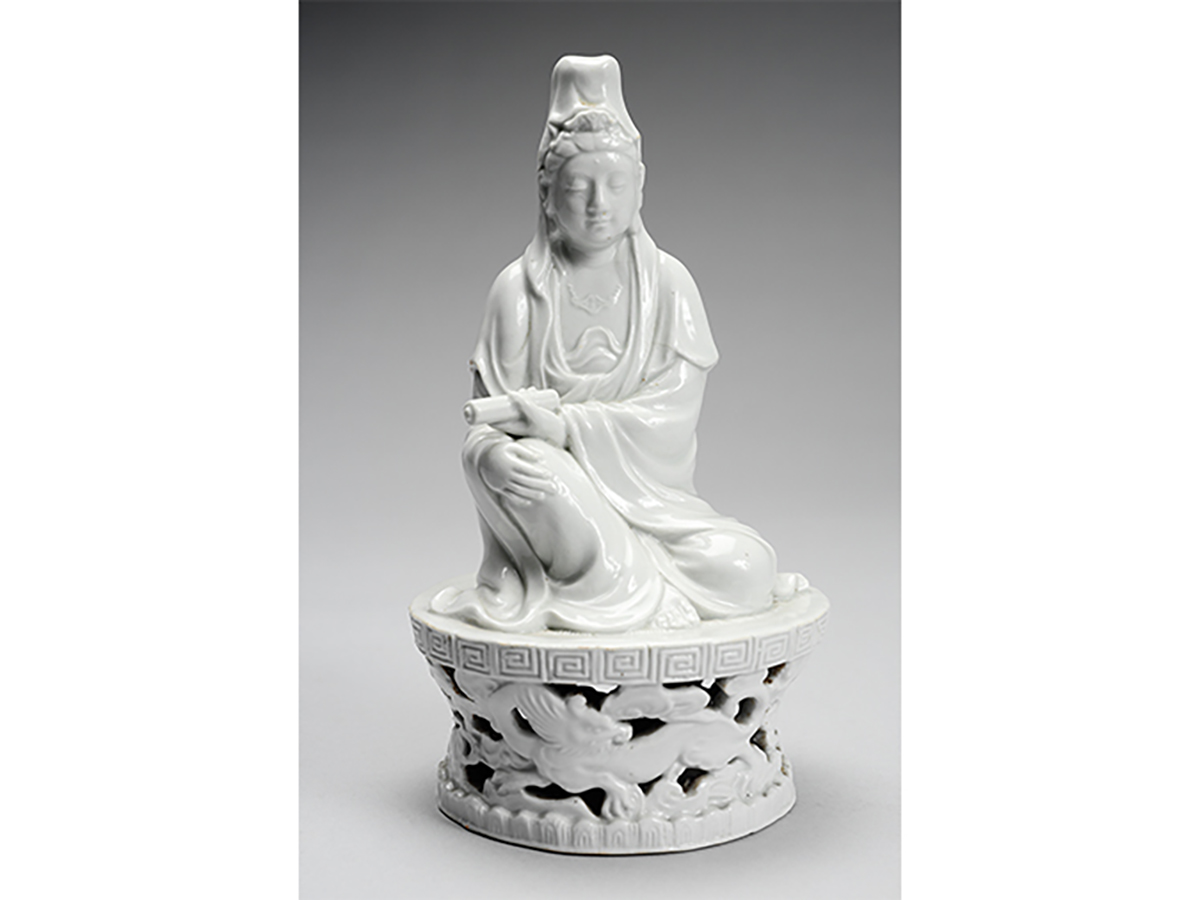
Figuration and Abstraction: Asian Art at SCMA
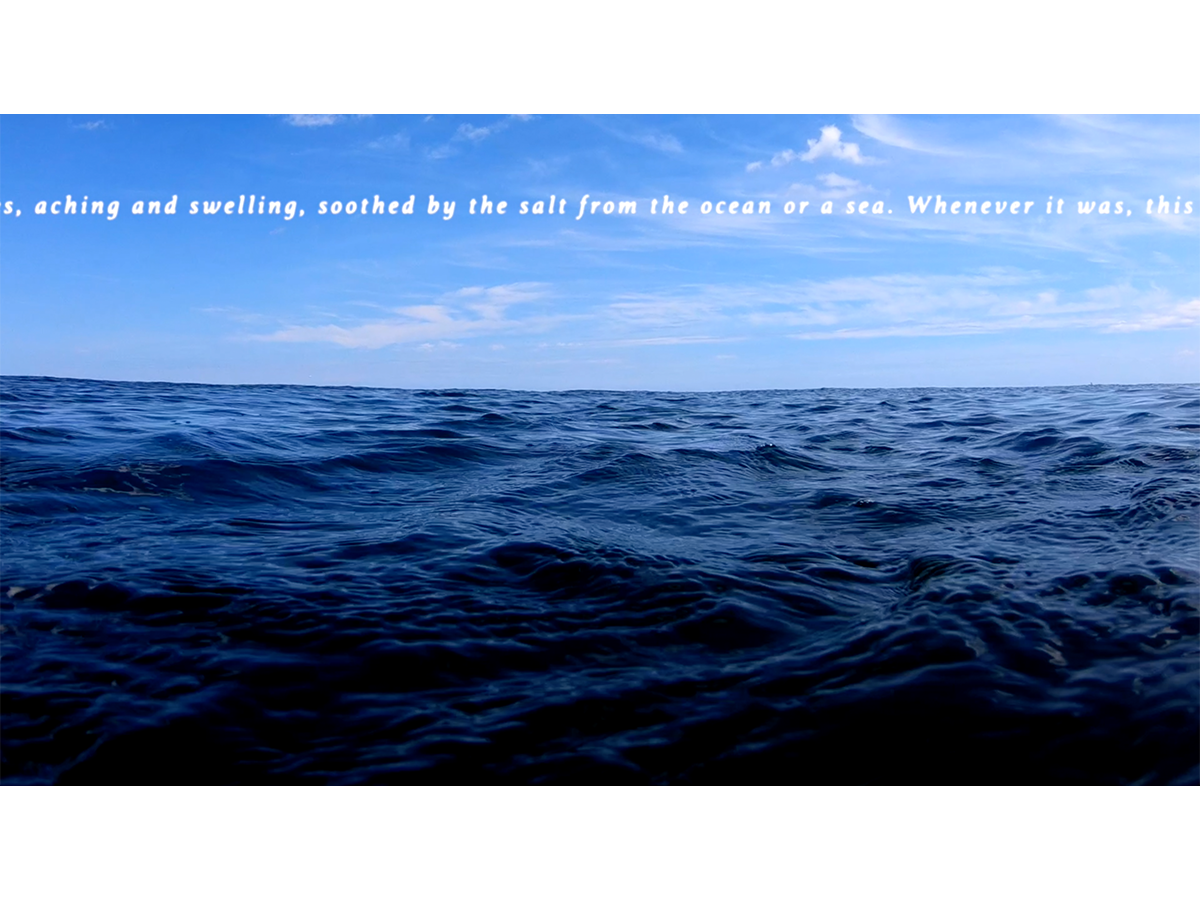
Cloudless Blue Egress of Summer by Sky Hopinka
Cloudless Blue Egress of Summer is a two-channel film by artist and filmmaker Sky Hopinka on view in SCMA’s Video and New Media Gallery.
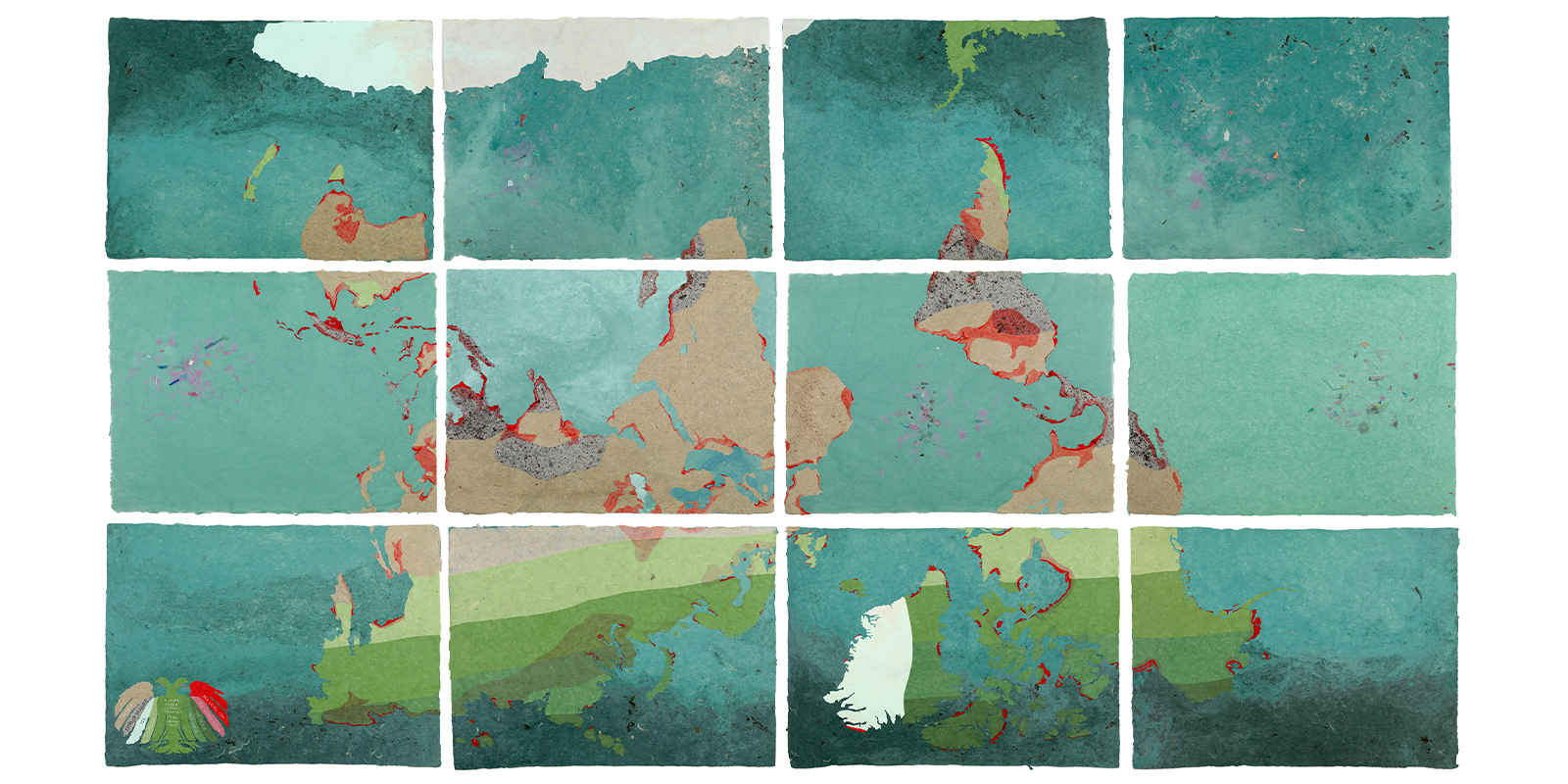
Sum of Its Parts: Multi-Panel Works on Paper from the Collection
This installation includes multi-panel photographs, prints, and collages from the SCMA collection made between the 17th and 21st centuries. This selection highlights the long history and many approaches to making modular works of art.
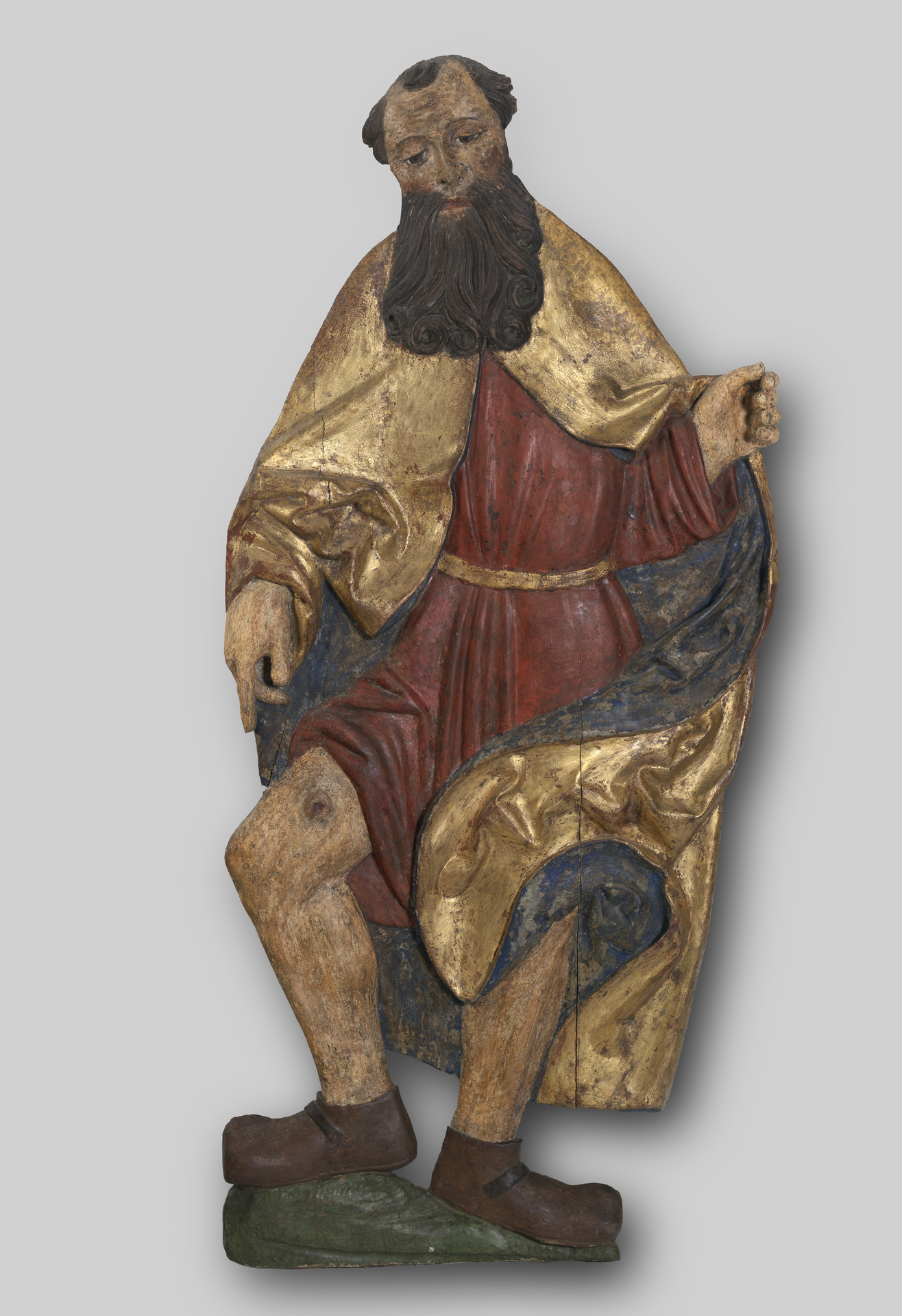
Brought to Life: Painted Wood Sculpture from Europe, 1300–1700
This exhibition investigates the materials, techniques and reception of painted wood sculpture in Europe between the 13th and the 18th centuries. Polychrome (multicolored) wood sculptures are today recognized as art objects, but at the time they were made, viewers interacted with the sculptures as if they were alive. Most of the works on view here represent sacred figures from Christianity, and their lifelike appearance was central to their function as objects of prayer and devotion. Whether located in a church or a home, the sculptures were part of a multisensory experience.
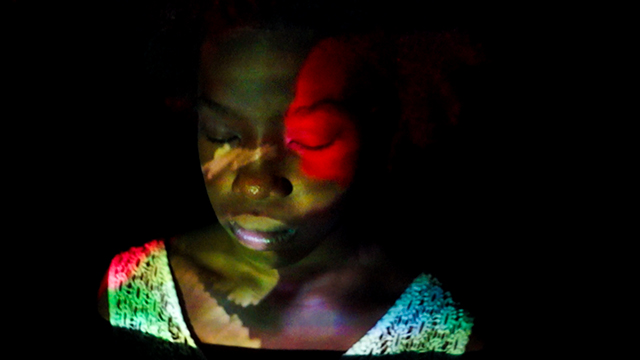
Deborah Jack: the water between us remembers, so we carry this history on our skins, long for a sea-bath and hope that the salt will heal what ails us (2018)
How do memory, place, nature, and the afterlives of slavery and colonialism connect? What possibilities do video (as a medium) and beauty (as an aesthetic approach) offer artists interested in these connections?

Younes Rahmoun: Here, Now

Multiplying Power: Image as Protest in Prints and Photographs
This installation displays a range of prints and photographs from the SCMA collection whose circulation documents and sparks social change.
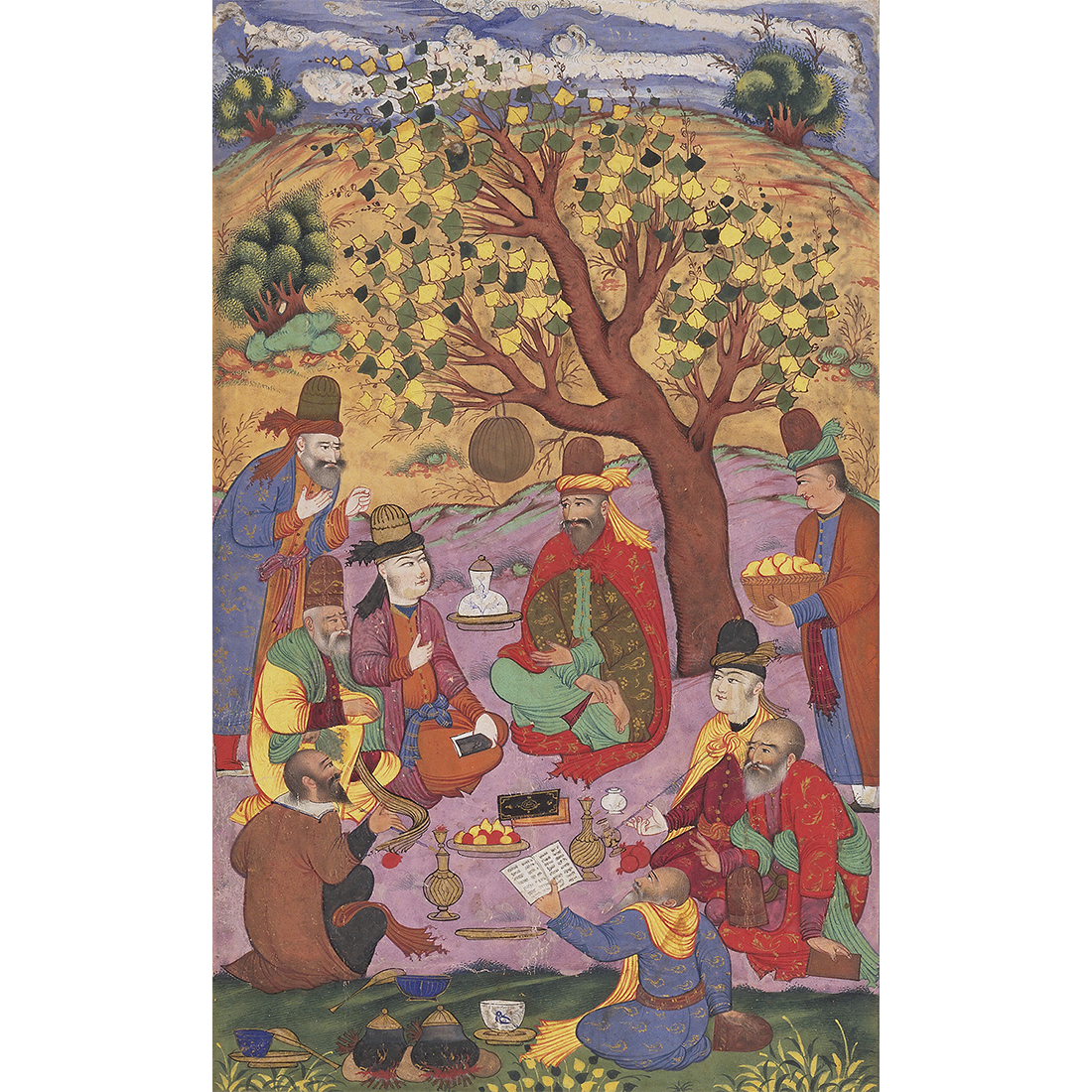
Painting the Persianate World: Portable Images on Paper, Cloth and Clay
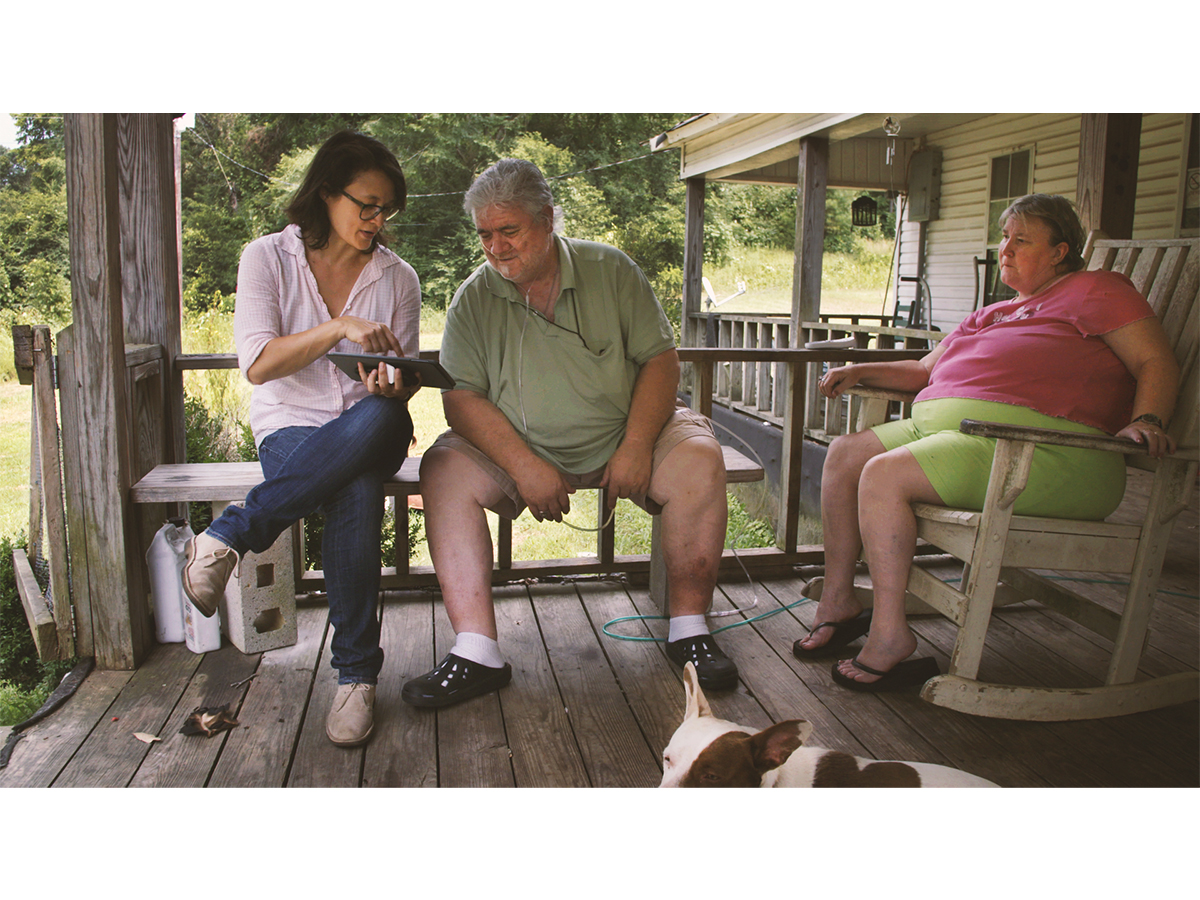
Jennifer Crandall: Whitman, Alabama

Black Refractions: Highlights from The Studio Museum in Harlem
Comprised of nearly 100 works in many media, Black Refractions: Highlights from The Studio Museum in Harlem showcases close to a century of creative achievement by artists of African descent, including Njideka Akunyili Crosby, Maren Hassinger, Norman Lewis, Kerry James Marshall, Faith Ringgold, Lorna Simpson, James VanDerZee, and Kehinde Wiley. Founded in 1968, The Studio Museum in Harlem has built an incomparable collection and become a model for how museums can be sites for exchanging ideas about art and society.
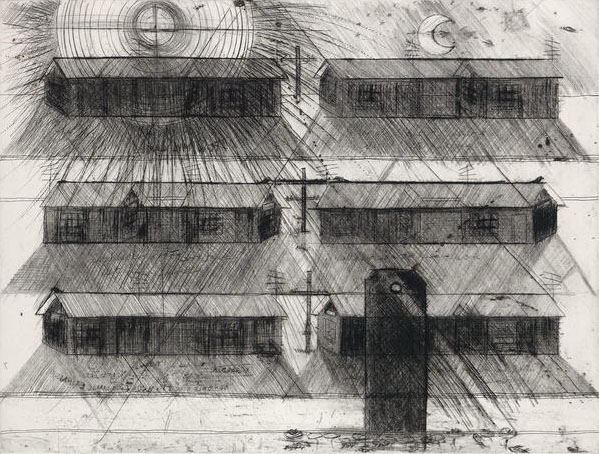
Defiant Vision: Prints & Poetry by Munio Makuuchi
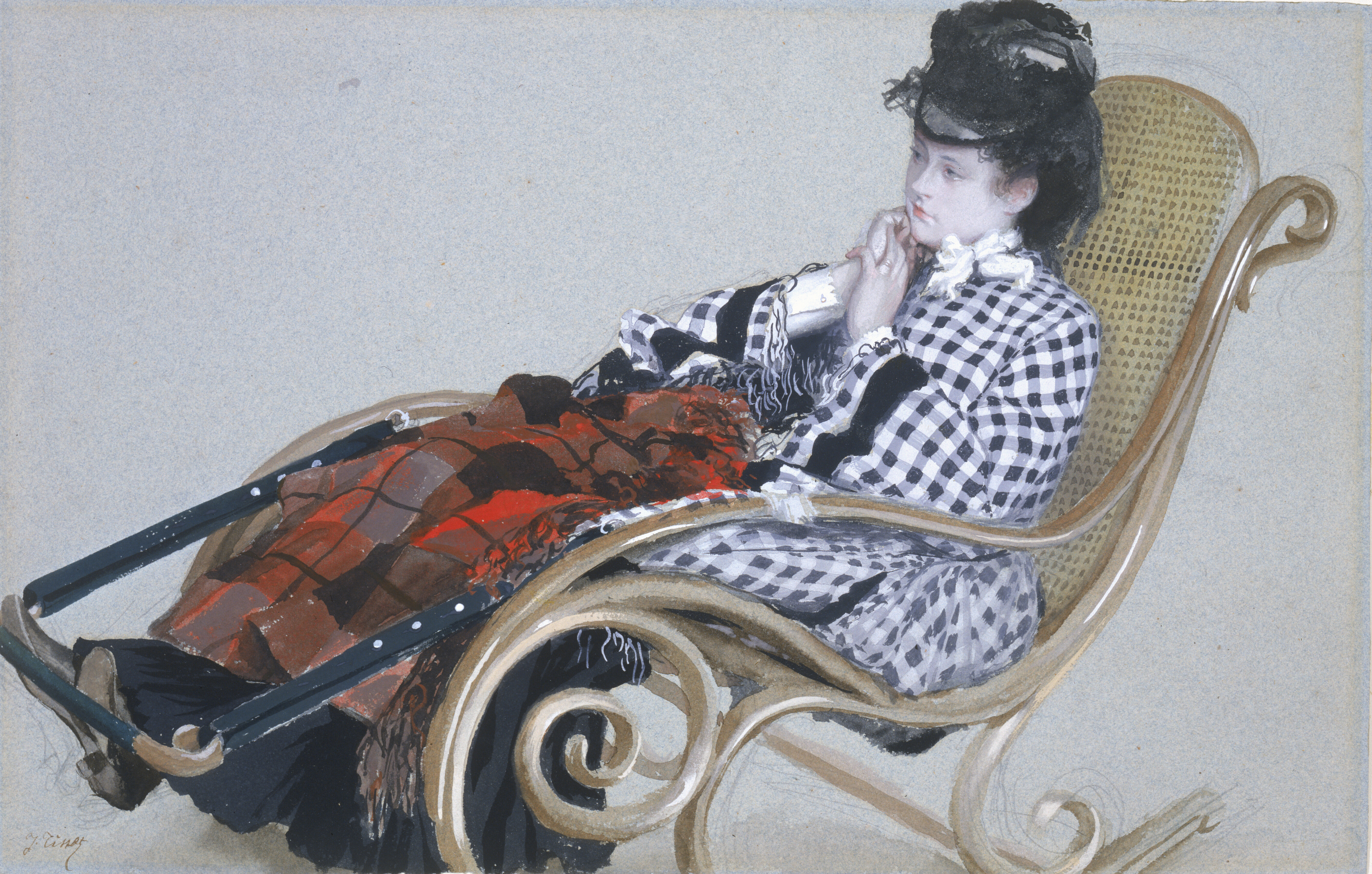
Thinking Through Drawing
When we look at a finished piece of art, we often feel a deep appreciation for that special moment when it transforms from an idea into a completed work. This change is usually shown through sketches and drawings that the artist creates along the way. These early works reveal the artist’s thoughts and invite viewers to see the process of creating art. They offer a glimpse into the artist's mind, showing the decisions made and the moments of inspiration that drive the work. These sketches are clear records of the effort, trial, and discovery that led to the final artwork.

Temporarily Ours: Contemporary Photography and Film
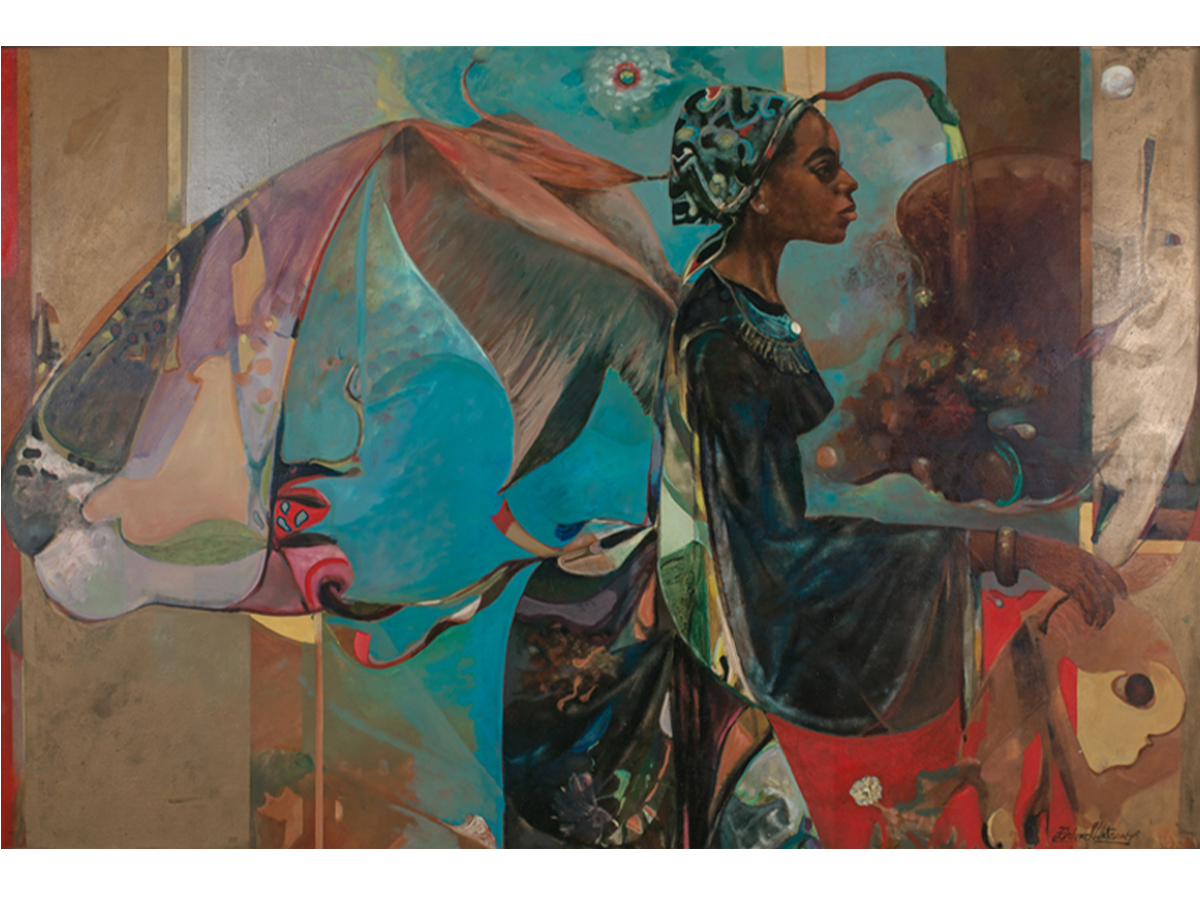
A Beacon to the World: Art from the Sylvia Smith Lewis ’74 and Byron E. Lewis Sr. Collection
This special installation celebrates the recent donation of artwork from Sylvia Smith Lewis, class of 1974, and her husband, Byron E. Lewis Sr. Lifelong supporters of Black artists, the Lewises built a major collection of modern and contemporary art. Unlike the majority of collectors and museums in the United States—who, until recently, ignored or marginalized work by Black artists—the Lewises have always championed the immense creativity and talent of these artists whose friendship they enjoyed and whose art they collected.
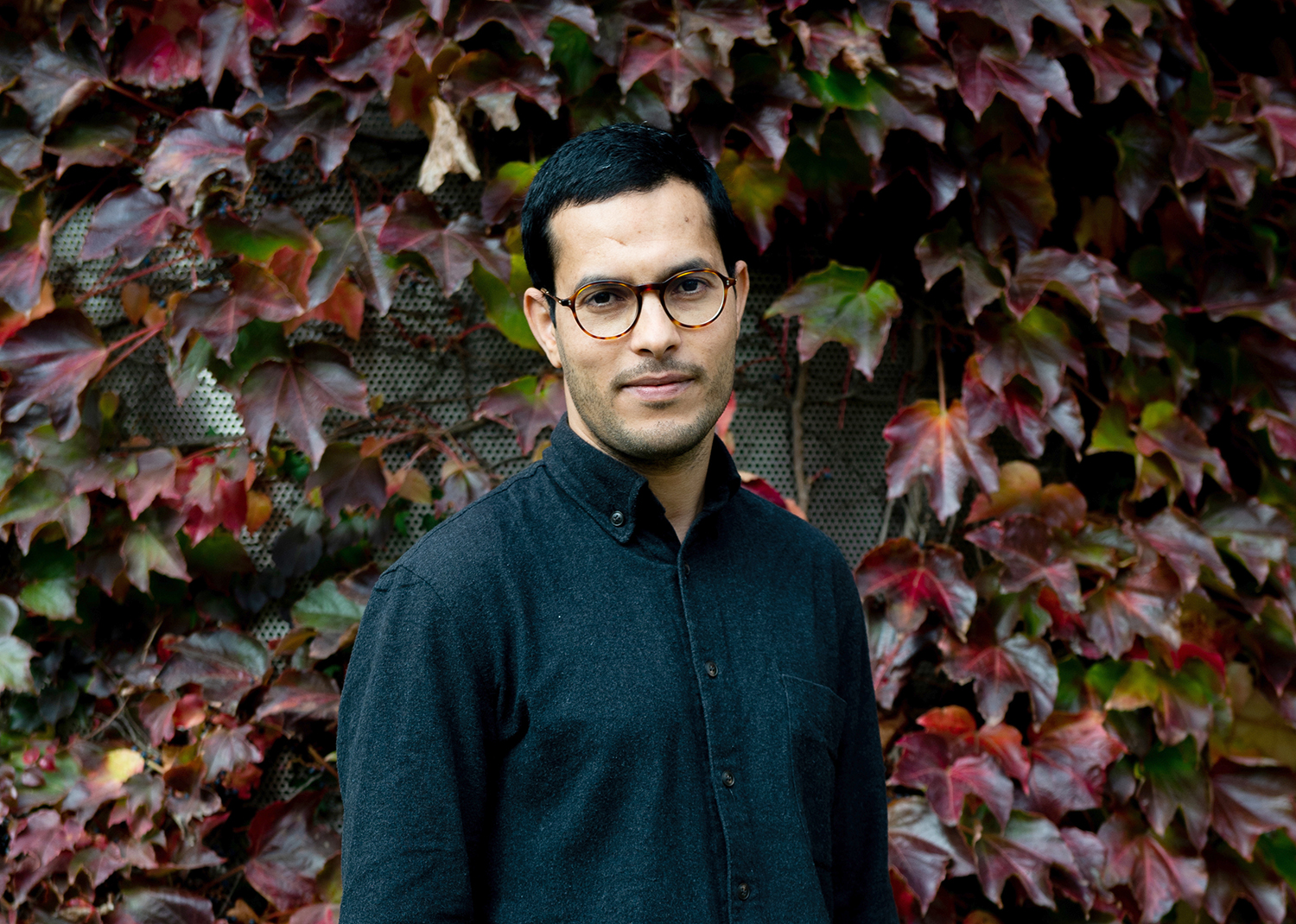
Abdessamad El Montassir Residency
Agano Machiko: Untitled
Trained as a weaver, Agano Machiko is known today for fiber art installations that capture the invisible forces of nature. In the late 1990s, she began knitting fishing line and steel wire together in garter stitch with oversized needles.
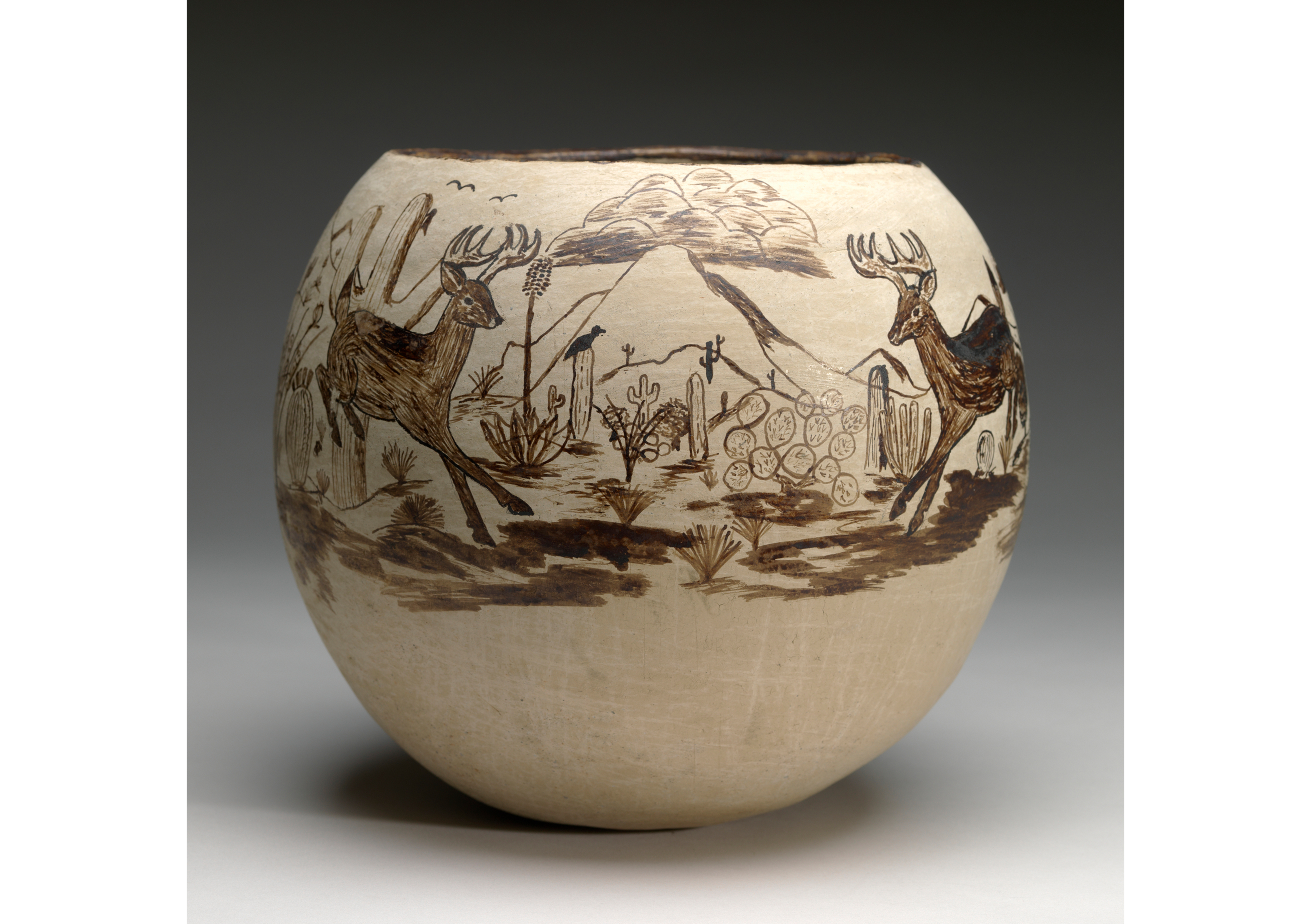
Colonial Entanglements: Native American Artwork from the SCMA Collection
This grouping of fourteen objects highlights the relationship between North American Indigenous artists and artists from the European societies that occupy their homelands.
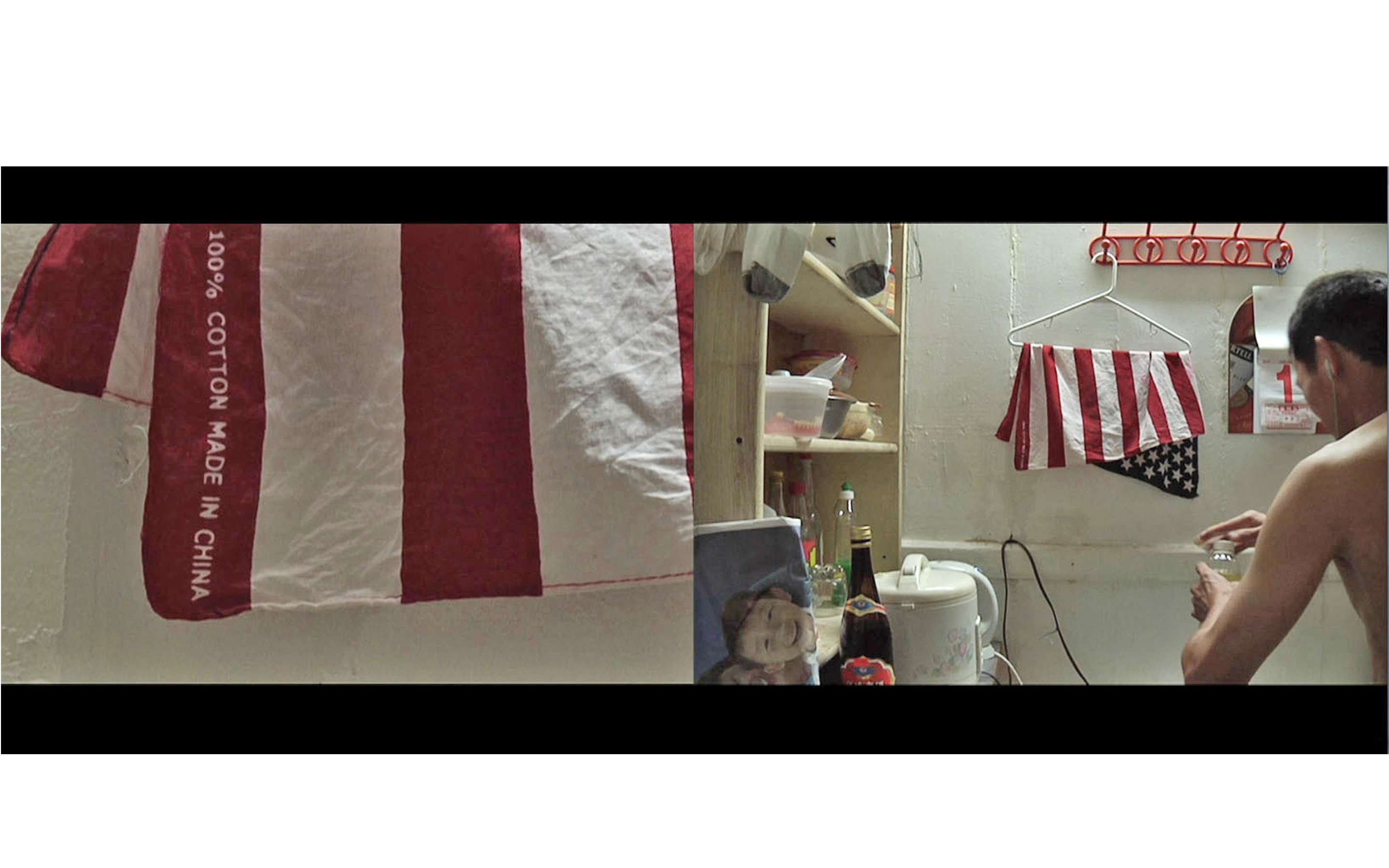
Chien-Chi Chang: China Town
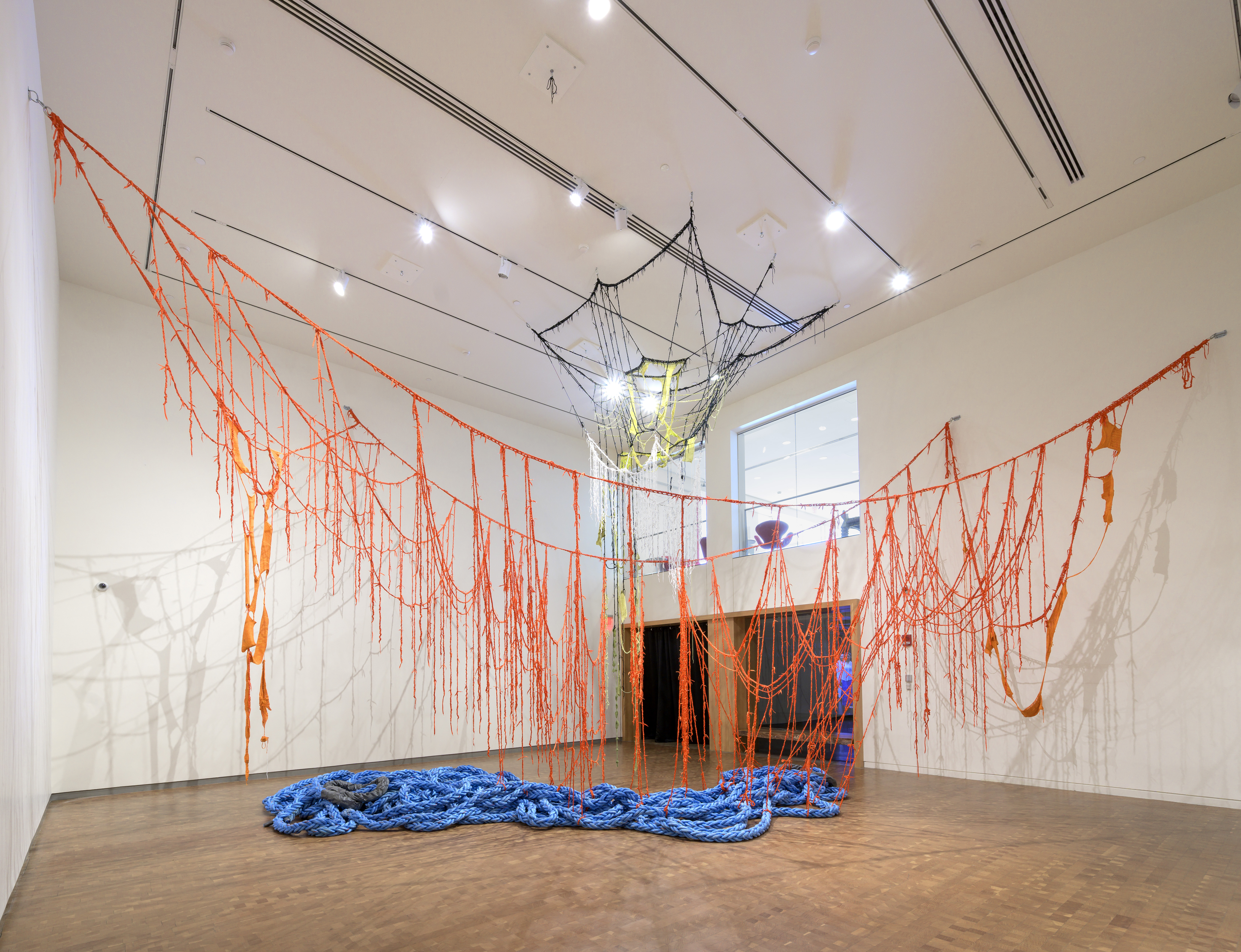
Red Hook at Bedford Terrace
During the 1980s, Sheila Pepe worked at SCMA in multiple roles, beginning as a gallery guard before working as a preparator’s assistant and a curatorial and administrative intern. In 2008, she returned to SCMA, to make Red Hook at Bedford Terrace. For Pepe, Red Hook at Bedford Terrace is a celebration of intersections and connectivity, of places, people, and their labor.
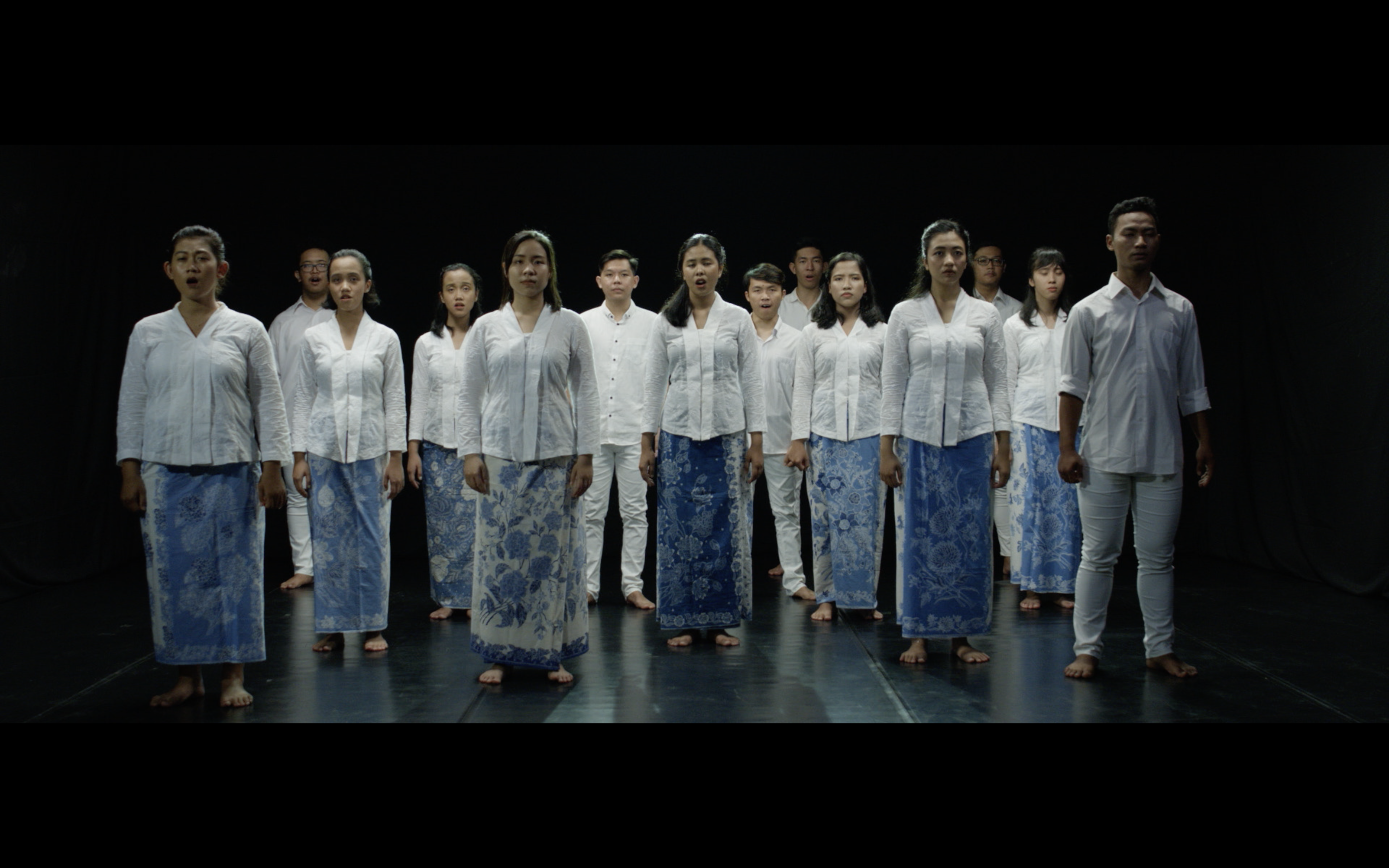
FX Harsono: NAMA

Maya Lin: Mappings
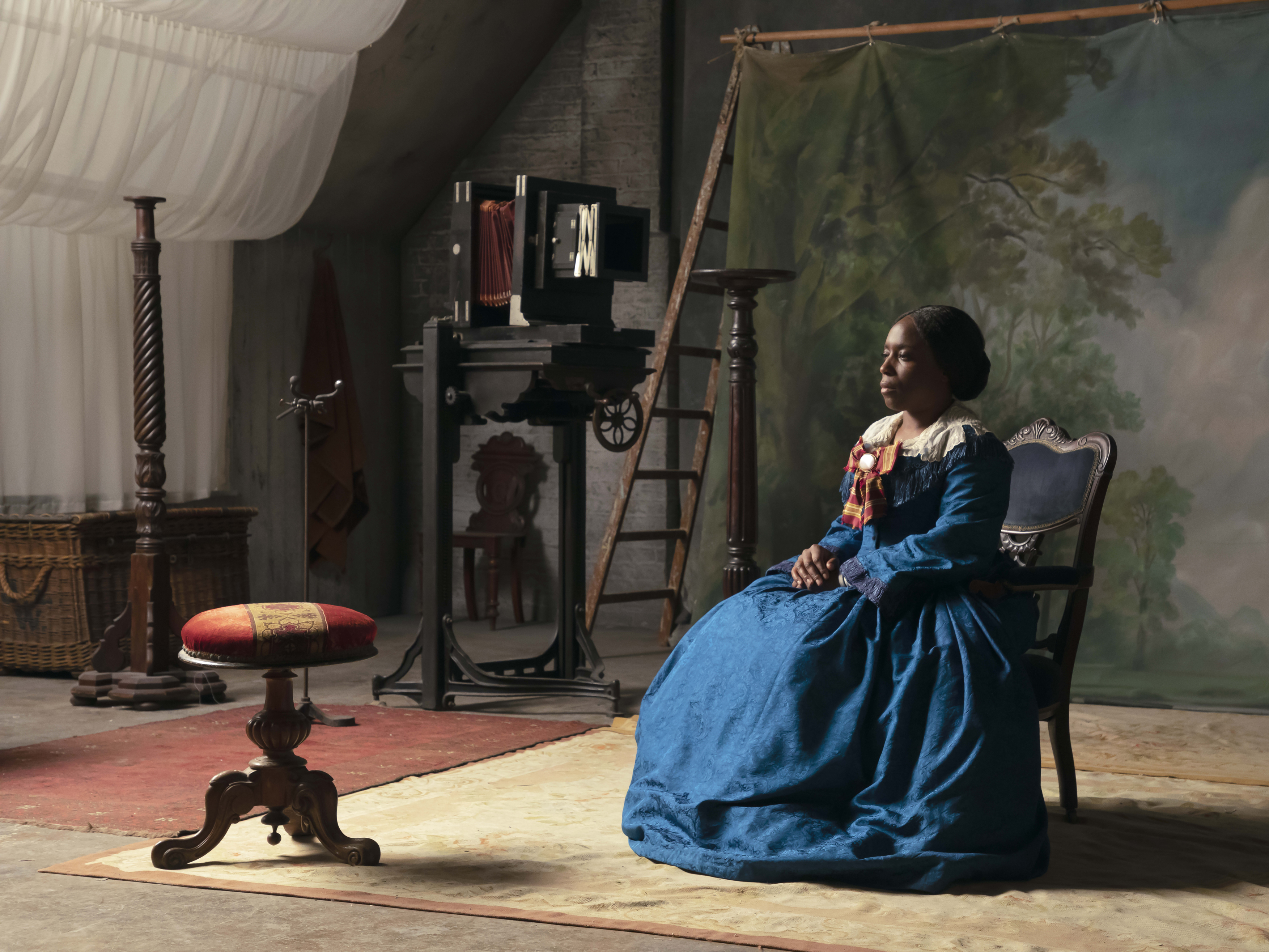
Isaac Julien: Lessons of the Hour
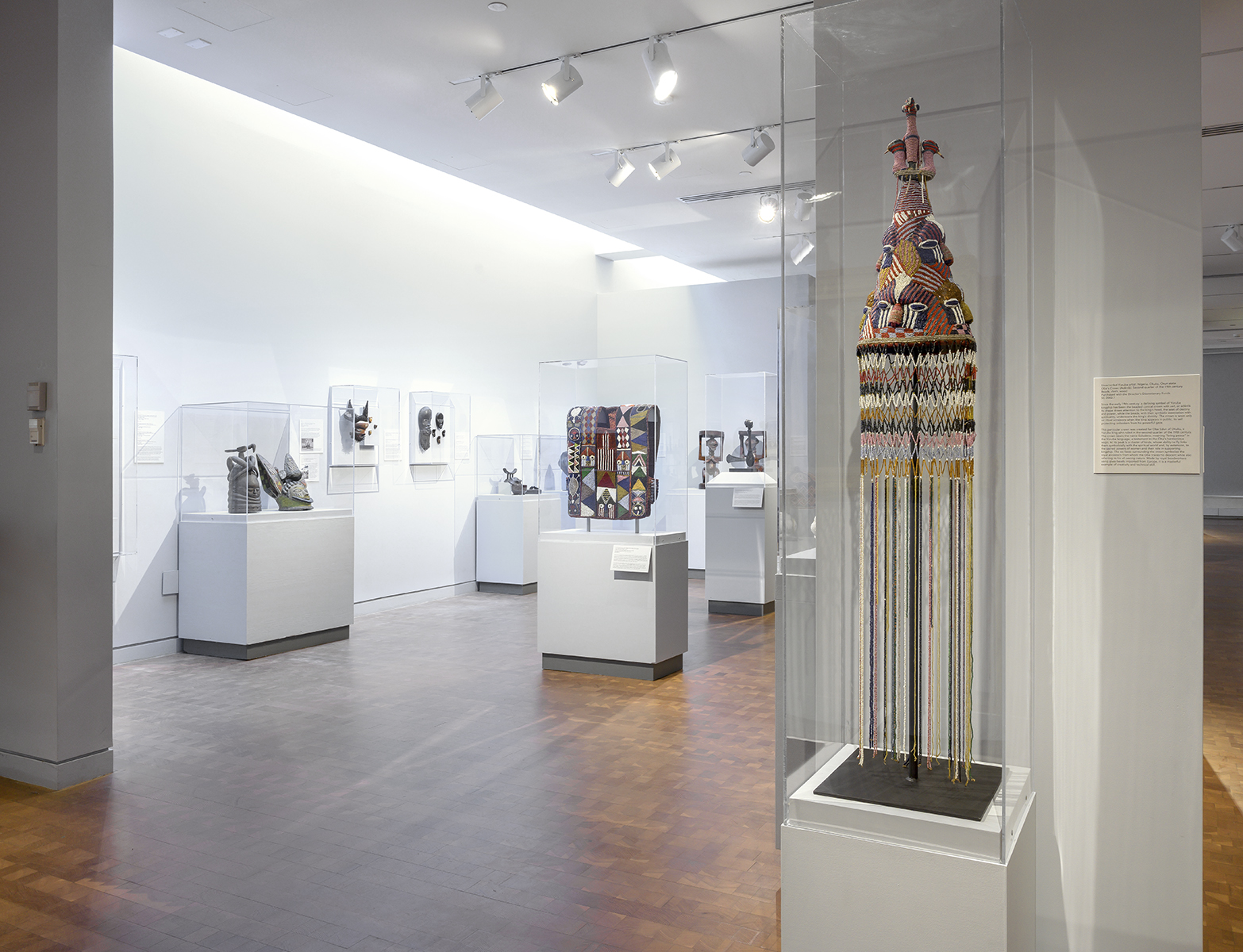
Arts of Africa, c. 1825–1960

Amanda Williams: An Imposing Number of Times
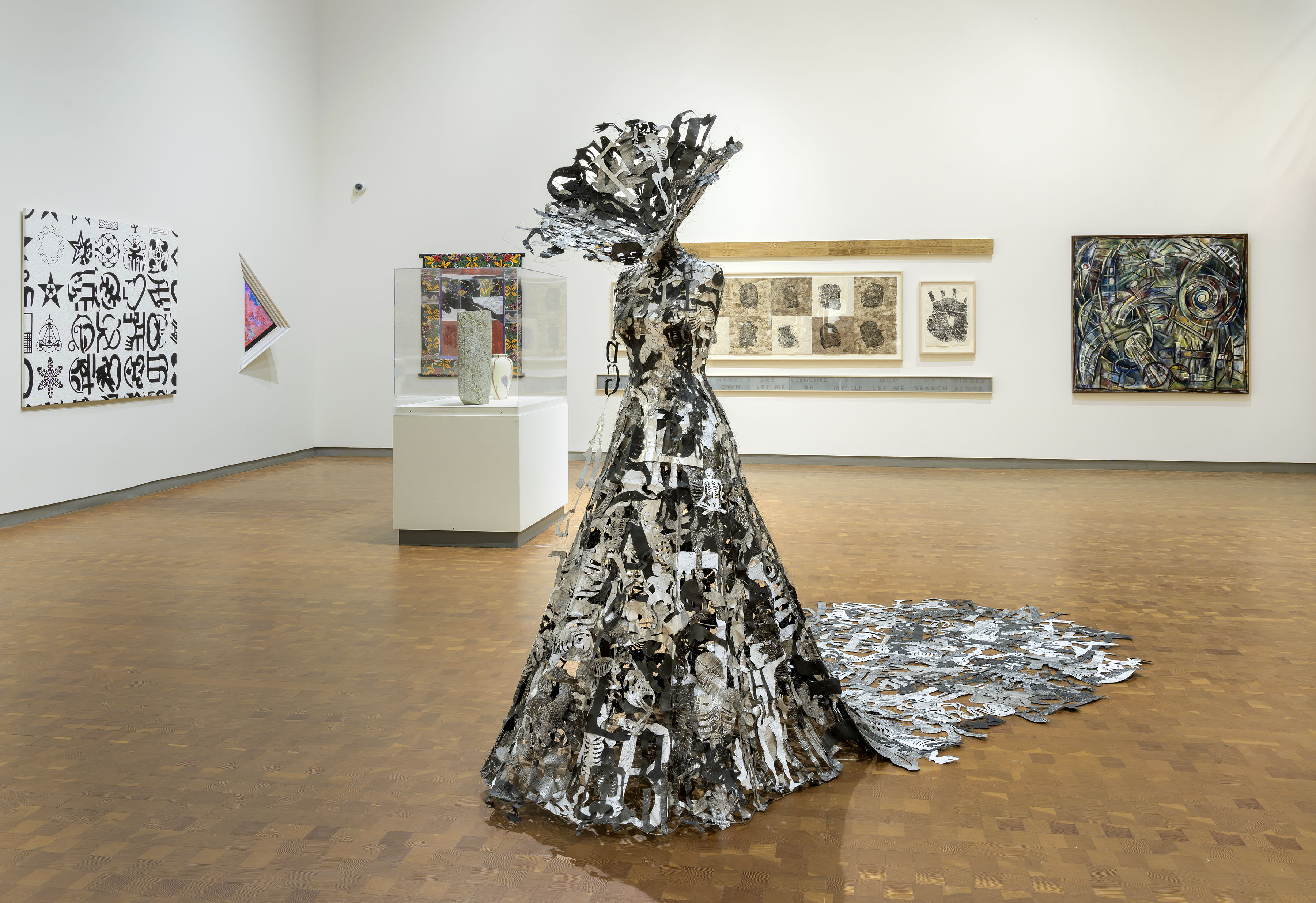
SCMA Then\Now\Next
On the occasion of SCMA’s centennial, this exhibition asks what it means to make and continually remake a museum. Smith College began collecting art at its founding in the 1870s, but it was not until 1920 that the collection was recognized as a museum. Through strategic purchases and generous gifts, the majority of which have come from Smith alumnae, the collection continues to grow. The development of the museum’s collection over the past century reveals the institution’s evolving vision and values.
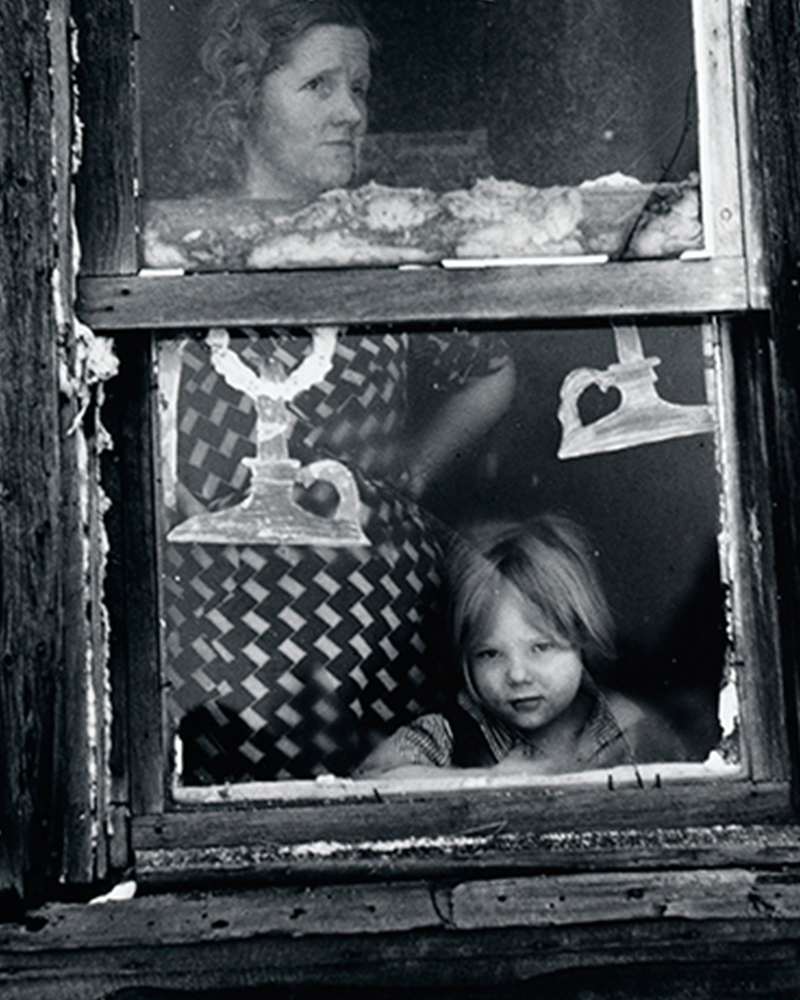
A Dust Bowl of Dog Soup: Picturing the Great Depression
In 1935, in the midst of the Great Depression, President Roosevelt needed to generate enthusiasm for his New Deal. The challenge was to find support for investments into programs and services directed primarily to the recovery of rural America, which most city folk had not experienced firsthand. Roosevelt’s conversational and intimate fireside radio chats brought him into people’s homes. His straight talk promised hope and comfort to an ailing nation and highlighted what the government was doing to remedy the country’s ills.
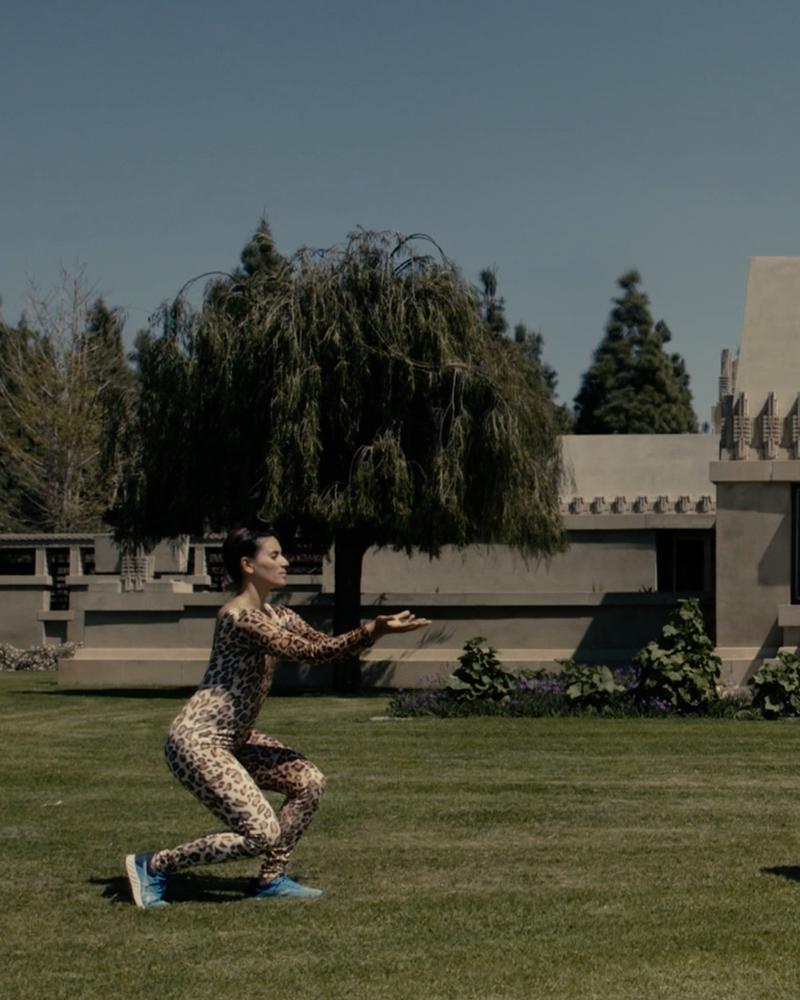
Clarissa Tossin: Ch’u Mayaa
Clarissa Tossin’s Ch’u Mayaa questions the forms of cultural appropriation in modernist architecture. Tossin focuses on Mayan Revival style as it manifested in Los Angeles during the early 20th century and sets the work in the Hollyhock House (built 1919–1921), a private home in Los Angeles designed by Frank Lloyd Wright. Working with the choreographer and performer Crystal Sepúlveda, Tossin based Ch’u Mayaa’s choreography and movements on the gestures and poses represented in Mayan ceramics and murals.
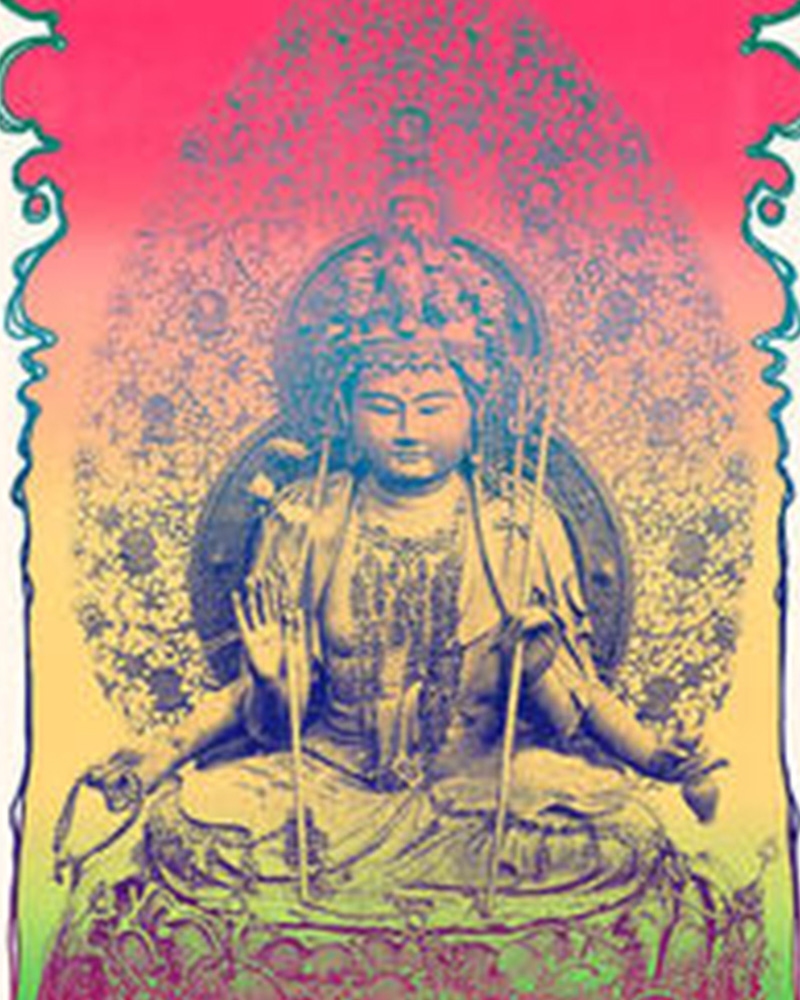
Buddhas | Buddhisms: Across and Beyond Asia
This exhibition presents Buddhist objects and Buddhist-inspired artworks, from across and beyond Asia, in their many and varied styles and expressions. The concept of “Asia,” which was invented by ancient Greeks and Romans and perpetuated by European geographers, misrepresents diverse groups of people and their divergent civilizations by suggesting they form a cohesive whole. Buddhism, however, is one of the few cultural traditions that has connected distinctive Asian populations over time.
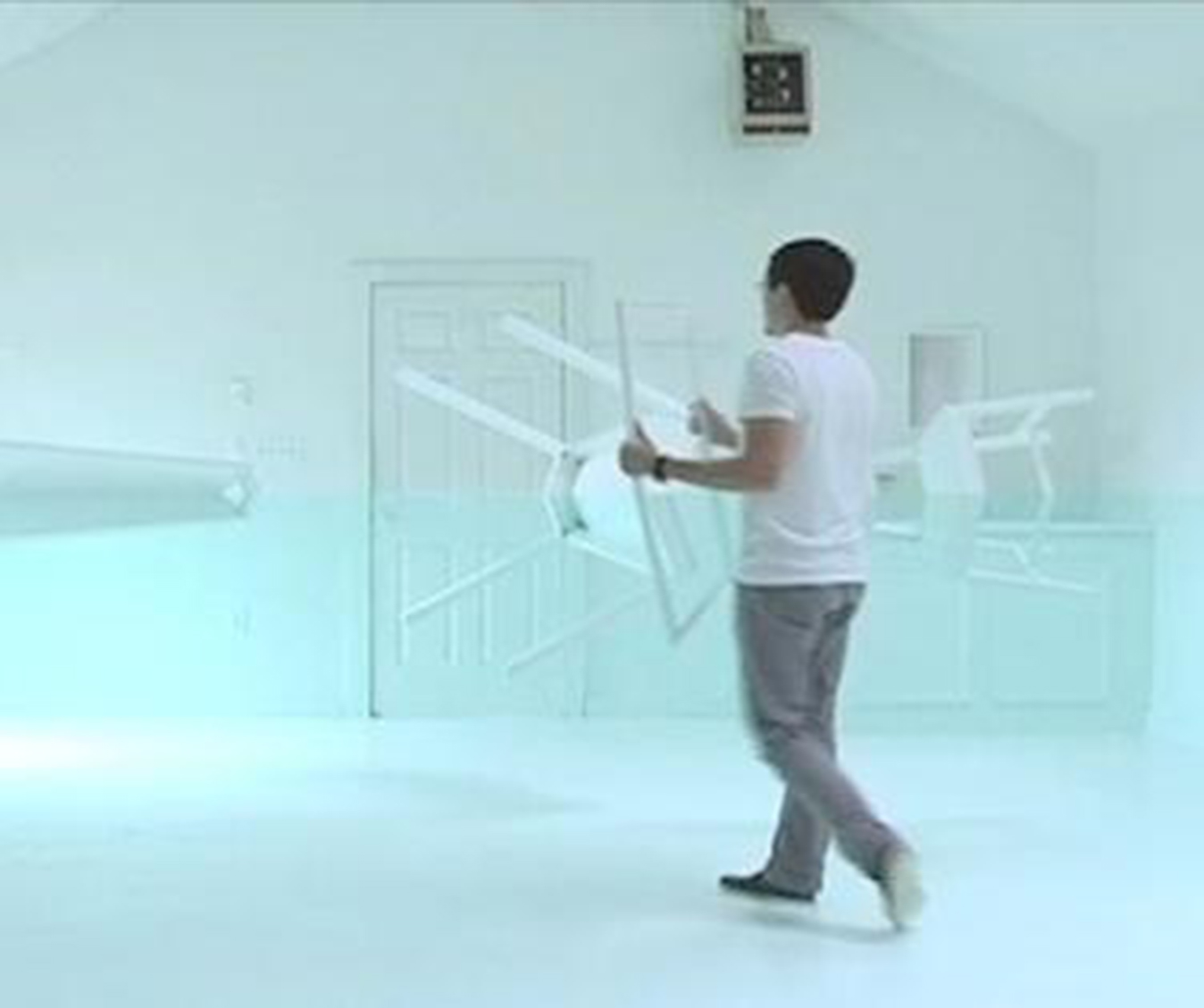
Green Room
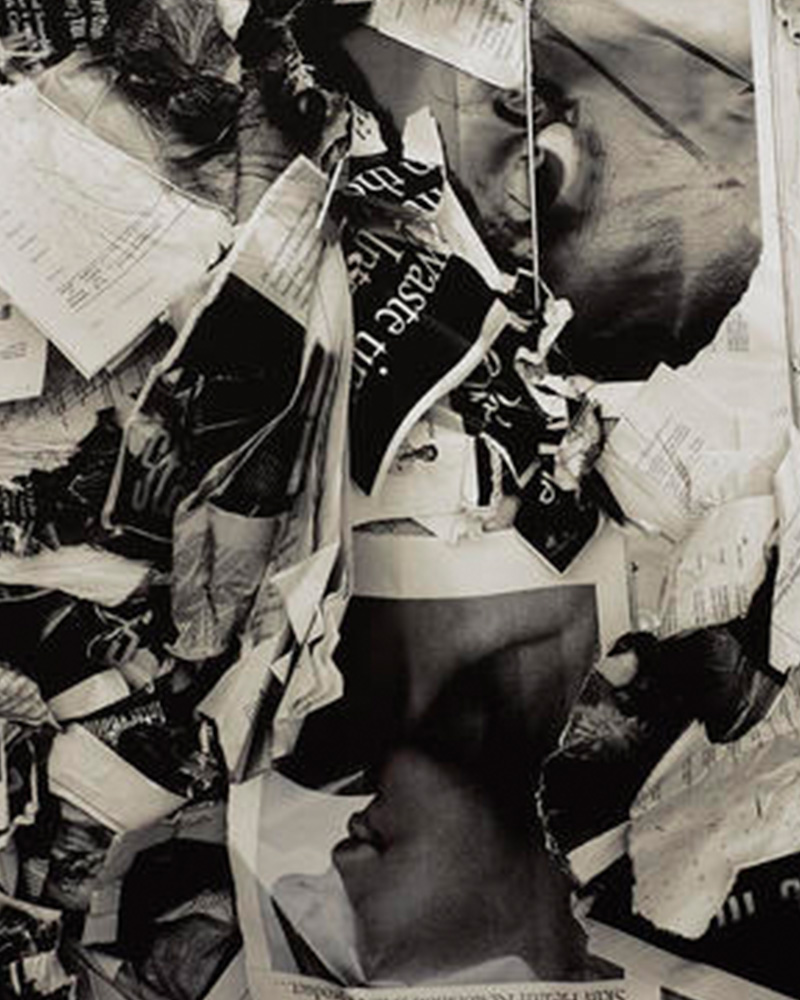
Fragile Earth
The impact of human action on the earth has increased dramatically in the past 50 years. This installation, organized to coincide with Smith College’s Year on Climate Change, features a selection of works from the SCMA collection created between the early 1970s and mid-2000s that focus on the intersection of human life and our environment.
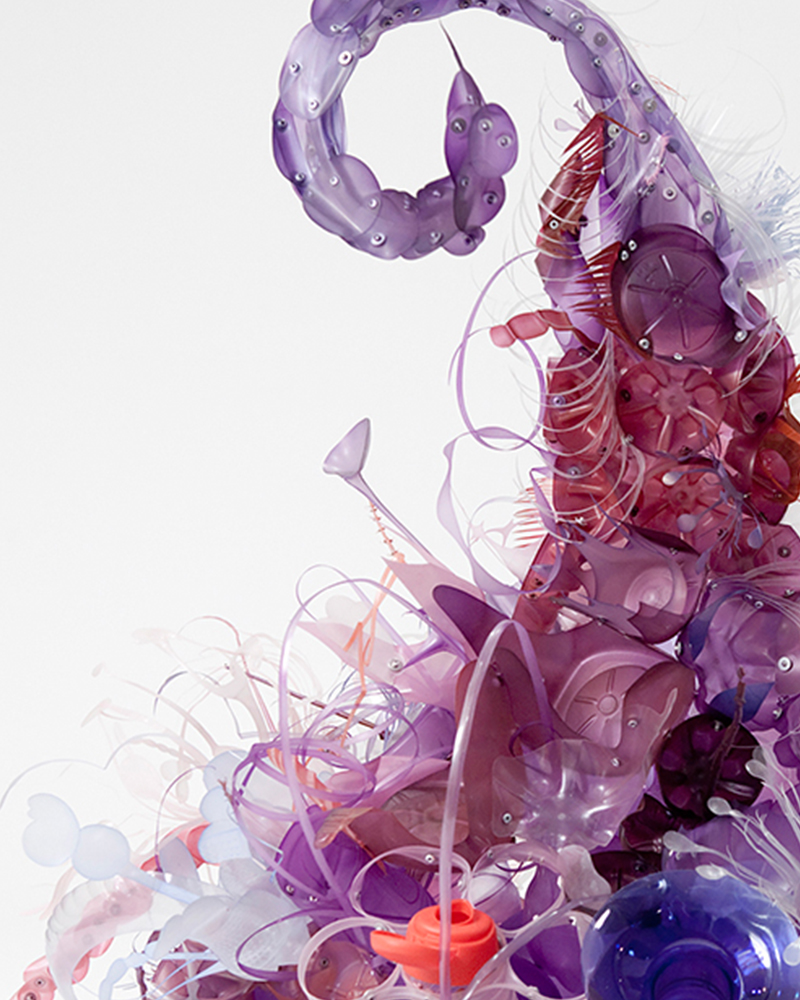
Plastic Entanglements
The story of plastic is as complex as the polymer chains that make up its unique material properties. Plastic Entanglements brings together sixty works by thirty contemporary artists to explore the environmental, aesthetic, and technological entanglements of our ongoing love affair with this paradoxical, infinitely malleable substance. Both miraculous and malignant, ephemeral yet relentlessly present, plastic infiltrates our global networks, our planet, and even our bodies.

Alma Thomas: The Light of the Whole Universe
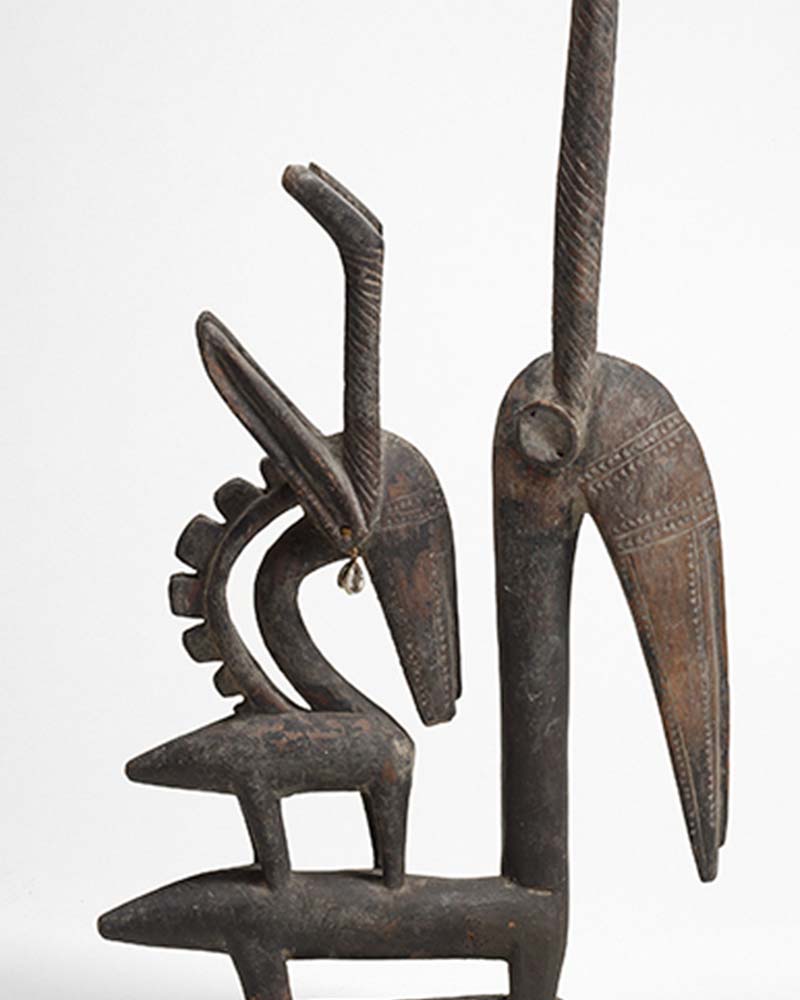
Object Histories: From the African Continent to the SCMA Galleries
This special installation, from SCMA's collection, traces the unique histories of over 20 of the Museum’s most important works of African art. New research has connected artists with objects that were previously unattributed, while the roles of collectors and donors are examined in conjunction with the objects’ own cultural histories and meanings.